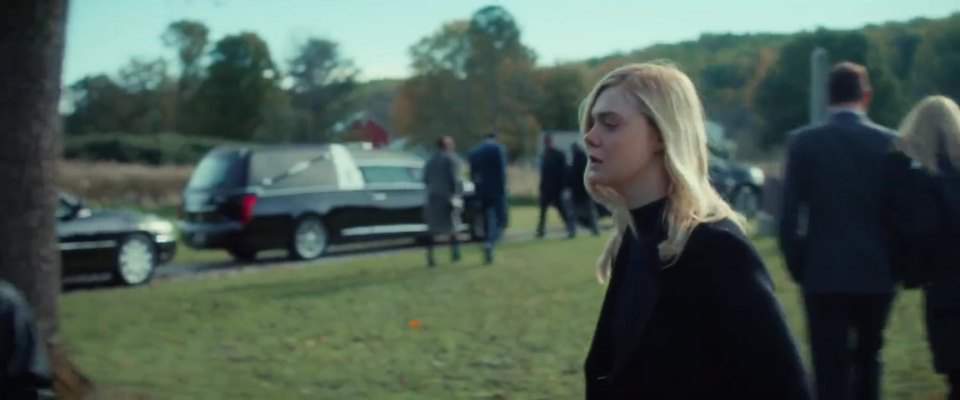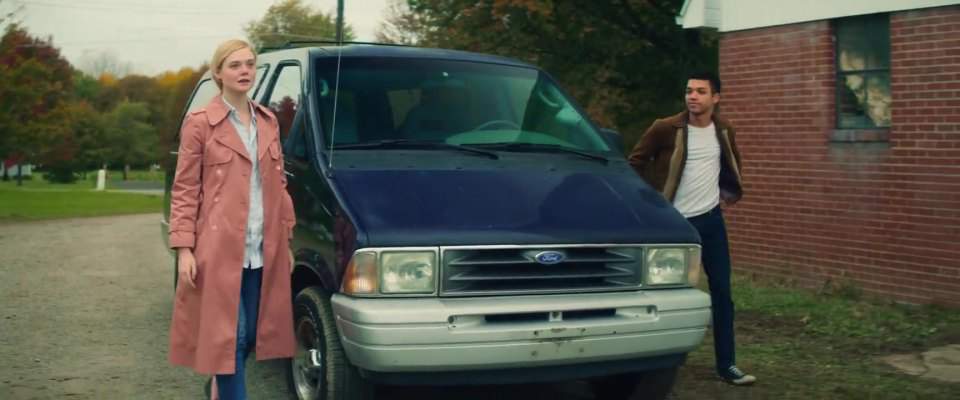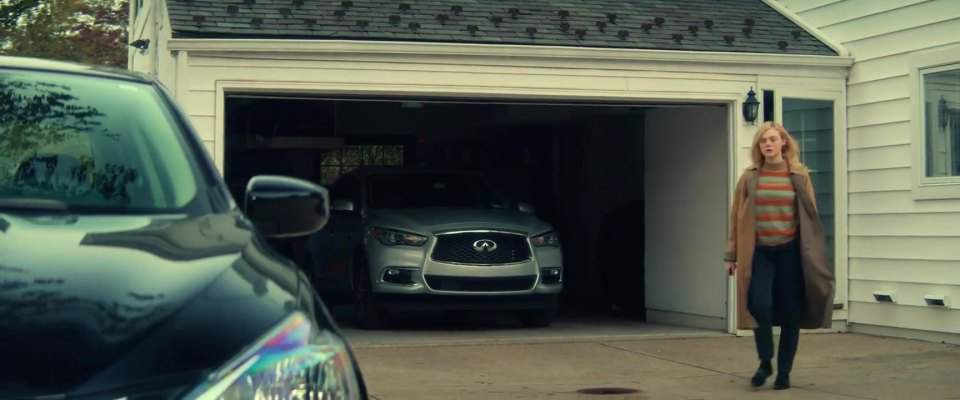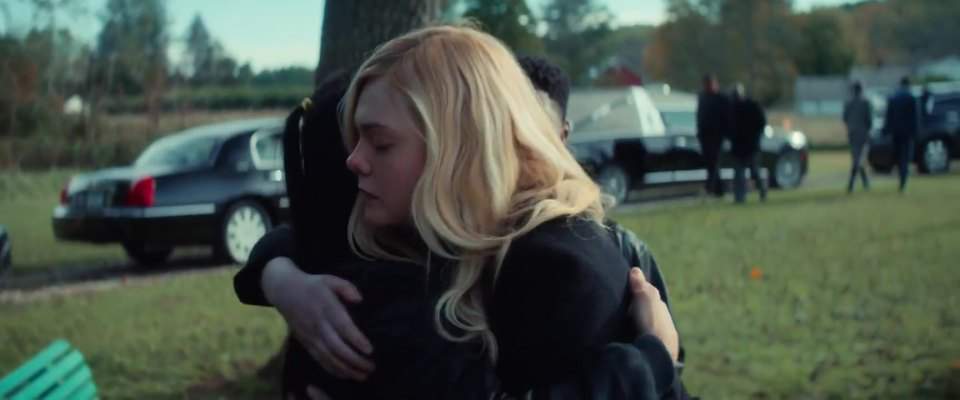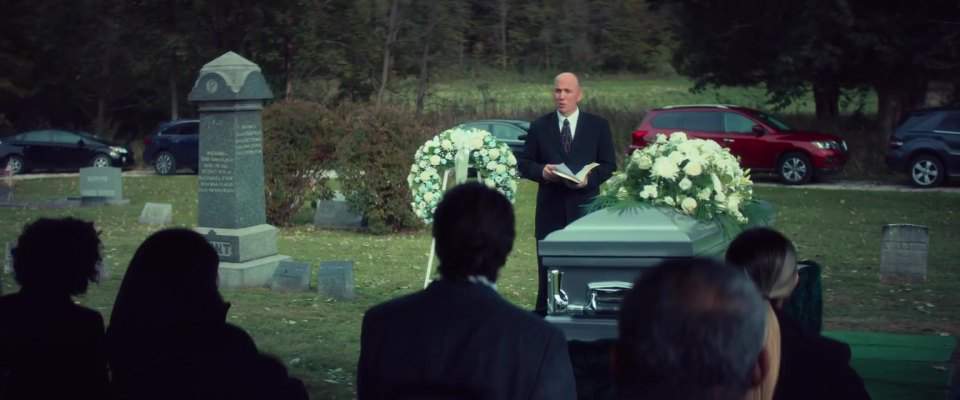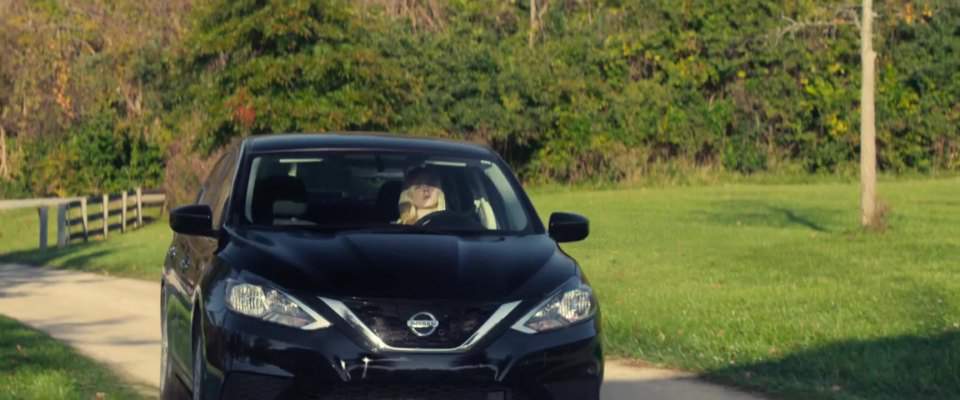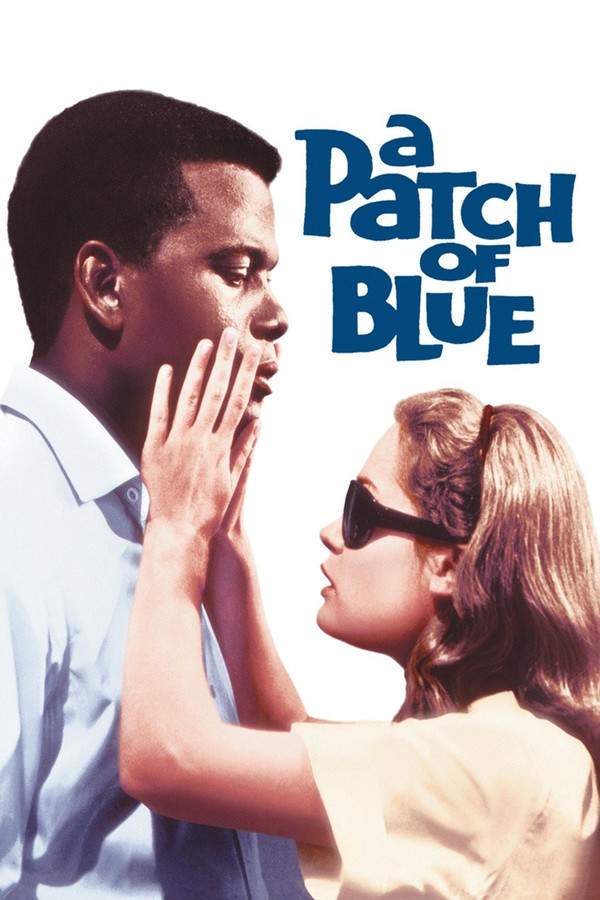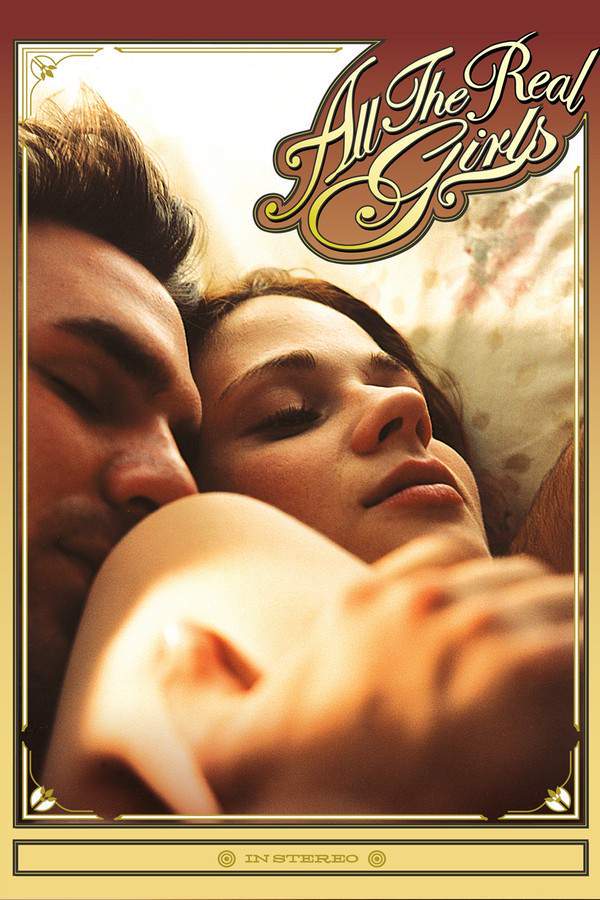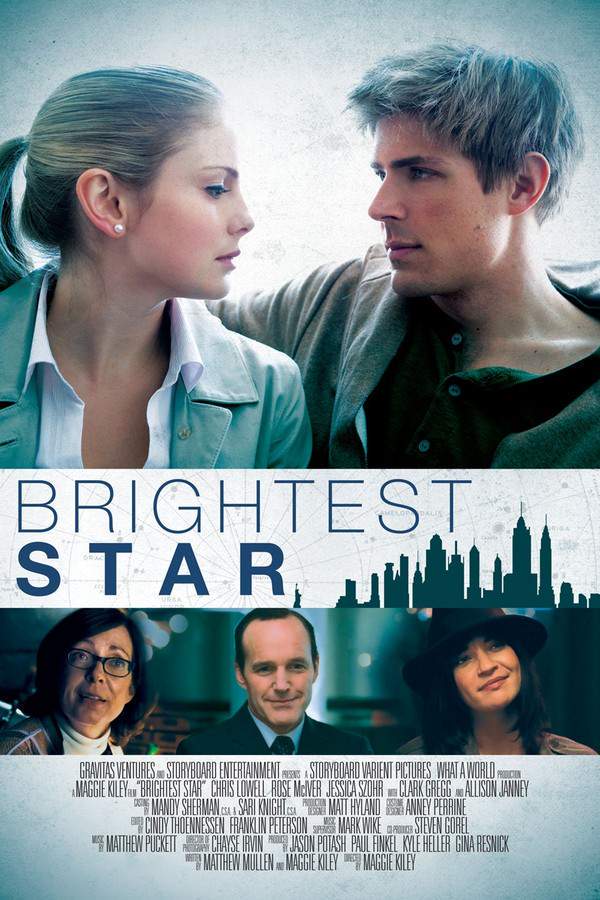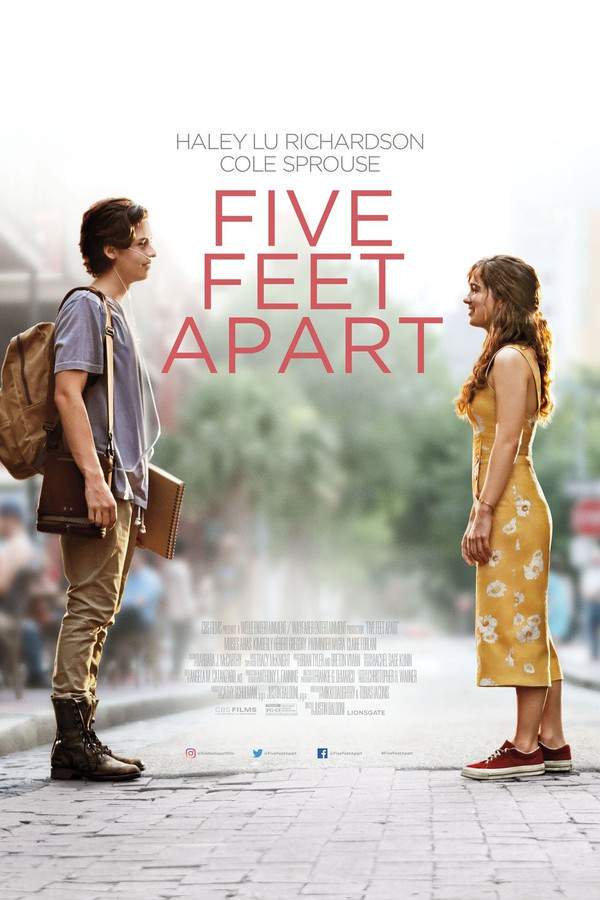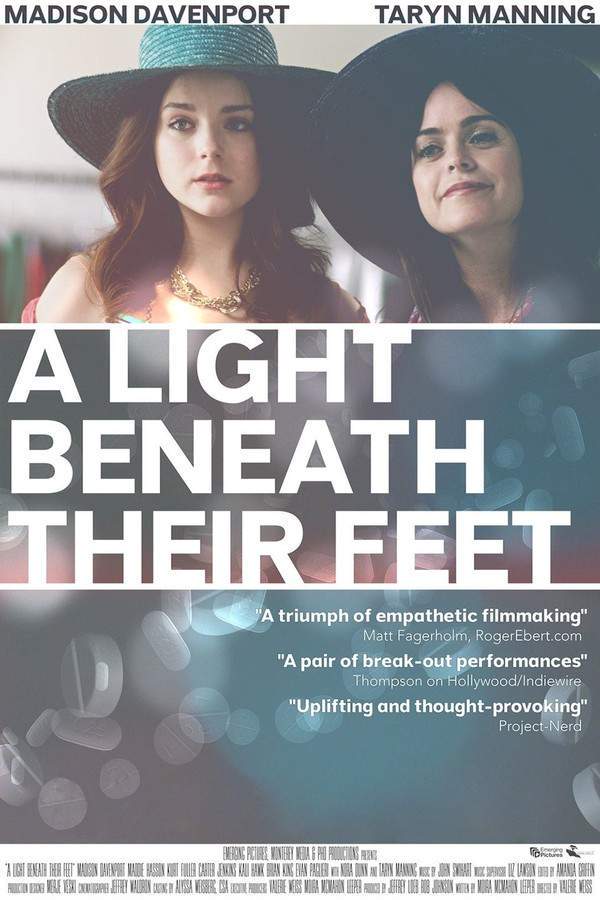All the Bright Places 2020
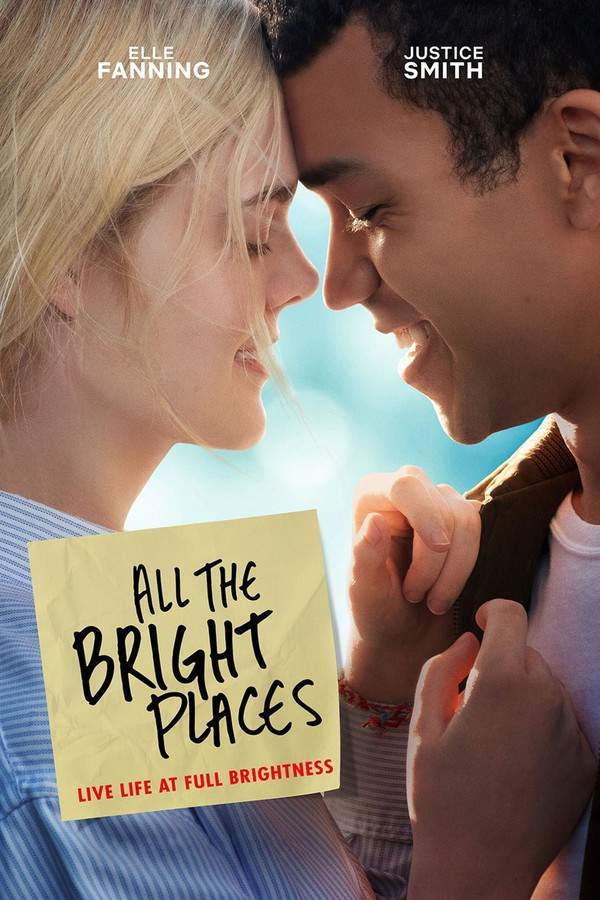
Violet, grieving the loss of her sister, and Theodore, struggling with mental health challenges, find solace and connection with each other. They form an unlikely friendship as they explore their town and confront their personal demons. Through shared experiences and a growing understanding of one another, they learn to heal and find meaning in life's most unexpected places.
Does All the Bright Places have end credit scenes?
No!
All the Bright Places does not have end credit scenes. You can leave when the credits roll.
Meet the Full Cast and Actors of All the Bright Places
Explore the complete cast of All the Bright Places, including both lead and supporting actors. Learn who plays each character, discover their past roles and achievements, and find out what makes this ensemble cast stand out in the world of film and television.
External Links and Streaming Options
Discover where to watch All the Bright Places online, including streaming platforms, rental options, and official sources. Compare reviews, ratings, and in-depth movie information across sites like IMDb, TMDb, Wikipedia or Rotten Tomatoes.
Ratings and Reviews for All the Bright Places
See how All the Bright Places is rated across major platforms like IMDb, Metacritic, and TMDb. Compare audience scores and critic reviews to understand where All the Bright Places stands among top-rated movies in its genre.

The Movie Echo Score
All the Bright Places excels in its artful cinematography and sincere emotional tone, though its narrative coherence and romantic chemistry sometimes falter. The film’s visual design and direction received consistent praise for their striking understated palettes and tonal pacing. Performances by Elle Fanning and Justice Smith deliver convincing portrayals that highlight the film’s exploration of mental health. However, the central romance occasionally feels unearned, and the plot has moments of forced emotional manipulation. Overall, the movie offers an engaging sensory experience anchored by strong acting, with some noticeable narrative unevenness.
The Movie Echo Score Breakdown for All the Bright Places

Art & Craft
In terms of art and craft, All the Bright Places presents a visually appealing aesthetic underpinned by measured direction and cohesive production design. Critics noted a stronger aesthetic than typical Netflix teen fare and lauded its subtle color palette and tonal pacing. The director’s vision shapes an understated yet effective cinematic atmosphere. These elements combine to deliver a polished visual experience that anchors the film’s emotional beats.

Character & Emotion
When it comes to character and emotion, performances by Elle Fanning and Justice Smith consistently earn praise for their sincerity and emotional resonance. Multiple reviews highlight honest portrayals that effectively convey the protagonists’ vulnerabilities and mental health struggles. However, some critics found the central relationship lacked depth and convincing chemistry, and supporting characters receive limited development. Overall, the acting elevates the material, even as character depth and interactions remain uneven.

Story & Flow
In terms of story and flow, All the Bright Places offers moments of genuine engagement but struggles with narrative consistency. Reviews praise its willingness to tackle mental health issues and note effective tonal pacing in several sequences. Conversely, critics describe plot developments as forced or perfunctory, and some find the emotional climax lacks organic buildup. The result is a film with compelling themes that occasionally succumbs to storytelling unevenness.

Sensory Experience
When considering sensory experience, the film’s visual style and soundtrack effectively support its emotional narrative. Critics highlight a subtle color palette, cohesive production design, and measured editing that enhance dramatic moments. While few reviews mention specific musical choices, many note the film’s sound design and pacing contribute to its heartrending atmosphere. These sensory elements combine to create an immersive environment that underscores the story’s emotional stakes.

Rewatch Factor
In terms of rewatch factor, All the Bright Places offers strong impact but may prove challenging for repeated viewings. The film’s emotional intensity and earnest performances create a compelling one-time experience, and its exploration of mental health resonates strongly. However, the weight of its themes and occasional narrative unevenness may limit enthusiasm for viewings. Overall, the movie leaves a memorable impression, even if viewers might hesitate to revisit it frequently.

61
Metascore
6.8
User Score


67%
TOMATOMETER

62%
User Score

6.6 /10
IMDb Rating

76
%
User Score

3.0
From 4.6K fan ratings

3.00/5
From 3 fan ratings
Take the Ultimate All the Bright Places Movie Quiz
Challenge your knowledge of All the Bright Places with this fun and interactive movie quiz. Test yourself on key plot points, iconic characters, hidden details, and memorable moments to see how well you really know the film.
All the Bright Places Quiz: Test your knowledge about the movie 'All the Bright Places' with this 10-question quiz.
What traumatic event is Violet struggling to cope with at the beginning of the movie?
The death of her sister, Eleanor, in a car accident
A breakup with her boyfriend
Losing her scholarship
Moving to a new town
Show hint
Full Plot Summary and Ending Explained for All the Bright Places
Read the complete plot summary of All the Bright Places, including all major events, twists, and the full ending explained in detail. Explore key characters, themes, hidden meanings, and everything you need to understand the story from beginning to end.
The story follows Theodore Finch and Violet Markey, two teenagers trapped in their small Indiana town, both grappling with their own deep-seated issues. While Violet is haunted by survivor’s guilt from her sister Eleanor’s tragic death in a car accident, Finch is labeled a misfit by his peers, leading to a life of isolation.
Their unlikely connection begins on the very bridge where Eleanor met her demise. On what would have been Eleanor’s nineteenth birthday, Violet stands on the edge, overwhelmed by her grief. Finch, out for a run, notices her distress and climbs up to comfort her, successfully talking her down from the brink of despair.
Despite their rocky start, Finch persuades Violet to collaborate on a school project that sends them adventuring across Indiana. He delves into Violet’s past by exploring her writings, researching the accident, and engaging with her online. Their journeys take them through various landmarks, but due to Violet’s fear of cars, they travel primarily by bicycle until they reach a point where they must confront her phobia by getting into Finch’s car.
As they traverse the state together, Violet gradually returns to her passion for writing with Finch’s support, discussing her sister’s death openly for the first time. Through their shared experiences, a romantic bond blossoms, pulling them closer together.
However, Violet becomes concerned about Finch’s elusive behavior; he occasionally vanishes for days. During a swimming trip at the Blue Hole, Finch submerges and worries Violet when he doesn’t resurface immediately. This incident prompts a serious conversation about his troubled past, including the physical abuse inflicted by his father and his own struggle with darkness.
Their journey is not without conflict. After an unexpected all-nighter, Finch confronts Violet’s ex-boyfriend in a fit of rage, leading to a physical confrontation at school. While things seem to be improving, Finch’s mental state remains precarious. Despite attending a support group, he finds it difficult to articulate his pain, leaving him feeling lost.
Confronted by the reality of his father’s abusive behavior, Finch seeks answers from his sister Kate but is met with indifference. In a moment of despair, he inadvertently pushes Violet away when she probes about the many post-it notes scattered throughout his life, an indication of his internal struggles.
When Finch goes missing yet again, Violet pursues him to the Blue Hole, where despairing evidence of his fate awaits. The tragedy culminates in Finch’s funeral, leaving Violet shattered.
As time passes and Violet grapples with the aftermath of Finch’s suicide, she stumbles upon the map they created during their adventures. One spot stands out, highlighted in red – Travelers’ Prayers Chapel, a sanctuary for those mourning and a place of reflection. There, she discovers his signature in the guest book, a poignant reminder of the journey they shared and the healing still to come.
Uncover the Details: Timeline, Characters, Themes, and Beyond!

Coming soon on iOS and Android
The Plot Explained Mobile App
From blockbusters to hidden gems — dive into movie stories anytime, anywhere. Save your favorites, discover plots faster, and never miss a twist again.
Sign up to be the first to know when we launch. Your email stays private — always.
Watch Trailers, Clips & Behind-the-Scenes for All the Bright Places
Watch official trailers, exclusive clips, cast interviews, and behind-the-scenes footage from All the Bright Places. Dive deeper into the making of the film, its standout moments, and key production insights.
Cars Featured in All the Bright Places
Explore all cars featured in All the Bright Places, including their makes, models, scenes they appear in, and their significance to the plot. A must-read for car enthusiasts and movie buffs alike.
All the Bright Places Themes and Keywords
Discover the central themes, ideas, and keywords that define the movie’s story, tone, and message. Analyze the film’s deeper meanings, genre influences, and recurring concepts.
All the Bright Places Other Names and Titles
Explore the various alternative titles, translations, and other names used for All the Bright Places across different regions and languages. Understand how the film is marketed and recognized worldwide.
Similar Movies To All the Bright Places You Should Know About
Browse a curated list of movies similar in genre, tone, characters, or story structure. Discover new titles like the one you're watching, perfect for fans of related plots, vibes, or cinematic styles.
Quick Links: Summary, Cast, Ratings, More

What's After the Movie?
Not sure whether to stay after the credits? Find out!
Explore Our Movie Platform
New Movie Releases (2025)
Famous Movie Actors
Top Film Production Studios
Movie Plot Summaries & Endings
Major Movie Awards & Winners
Best Concert Films & Music Documentaries
Movie Collections and Curated Lists
© 2025 What's After the Movie. All rights reserved.


























